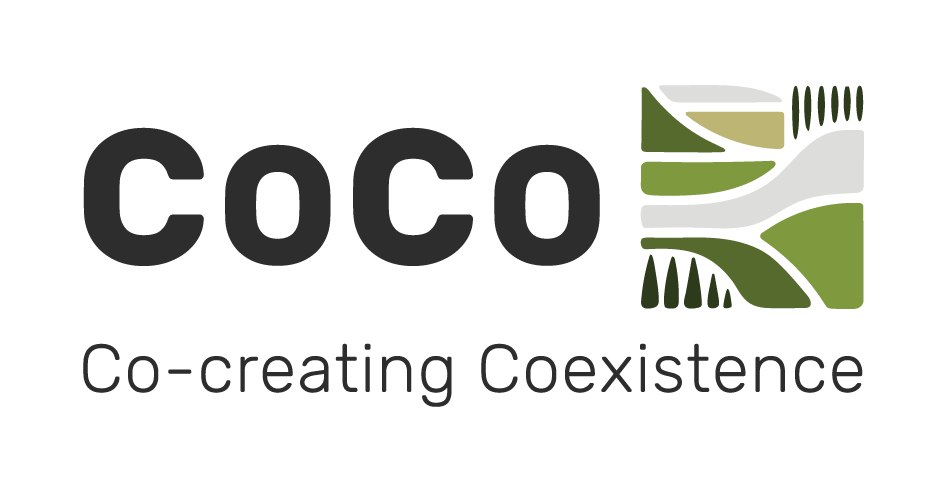
Partnership for Coexistence: Innovative solutions and local expertise drive European dialogue on living with wildlife
| Date |
Date
|
The small village of Baille Tusnad in the eastern Carpathian mountains recently played host to an inspiring week of collaboration and knowledge exchange, as the CoCo (Co-creating Coexistence) project gathered its partners for a key consortium meeting organised by the project’s Romanian partner, ICDCRM, and held alongside the well-established international TusnadEcoBear Conference. This unique event brought together leading researchers, local authorities, pastoralists, and nature enthusiasts, all committed to tackling the complex challenges of coexistence between rural communities and large carnivores in Romania and across Europe.
Collaboration at the Heart of Coexistence
By joining forces with the TusnadEcoBear Conference, CoCo partners were able to share their progress, exchange ideas with leading researchers, and present the project’s achievements to a diverse audience. This unique setting fostered lively, and sometimes passionate, discussions on how communities, experts and policymakers can work together to ensure people and wildlife both have a place in Europe’s landscapes.
One Year of Progress
The consortium meeting marked almost one year of hard work and dedication. Partners reviewed progress across all areas of the project, from cutting-edge research to hands-on fieldwork. A major highlight was the near completion of an ambitious survey of 1,000 pastoralists –shepherds and livestock farmers– across Europe. Despite the challenges, the commitment of both the project team and the pastoralists themselves have been extraordinary, with many contributing valuable insights that can be used to design the shape of a sustainable coexistence between wildlife and human interests.
The next phase will see the project expand its reach, launching new surveys with conservationists, hunters and landowners to gather even wider perspectives. Early results from policy reviews and fieldwork are already painting a clearer picture of what works –and what doesn’t– when it comes to managing wildlife and supporting rural communities.

Innovation, Tradition and Real-Life Stories
At the heart of CoCo’s work are real people facing real challenges. The team explored how innovative technologies and traditional practices –like the use of specially trained livestock guarding dogs– are helping pastoralists protect their herds from bears and wolves. During a field trip, a local shepherd shared his story of resilience: despite economic hurdles, labour shortages and market pressures, he and his family continue their work with pride, adapting to new realities while holding onto their heritage. In a moment of obvious pride, the shepherd explained how his eldest son was planning to take over the family business.
The team also learned about Tusnad’s transformation into an ecotourism hotspot, where visitors increasingly come to experience the region’s wild beauty, and, sometimes, its bears. Thanks to the efforts of a partnership between the local mayor and bear experts, the town has made great strides in reducing conflicts, from managing food waste to helping residents safeguard their homes and livelihoods.
Looking Ahead
The CoCo project is more than just research, it’s a process to bring together voices from across Europe, building bridges between science, tradition, and policy. By sharing knowledge and working side by side, the project aims to turn challenges into opportunities for both people and wildlife.

